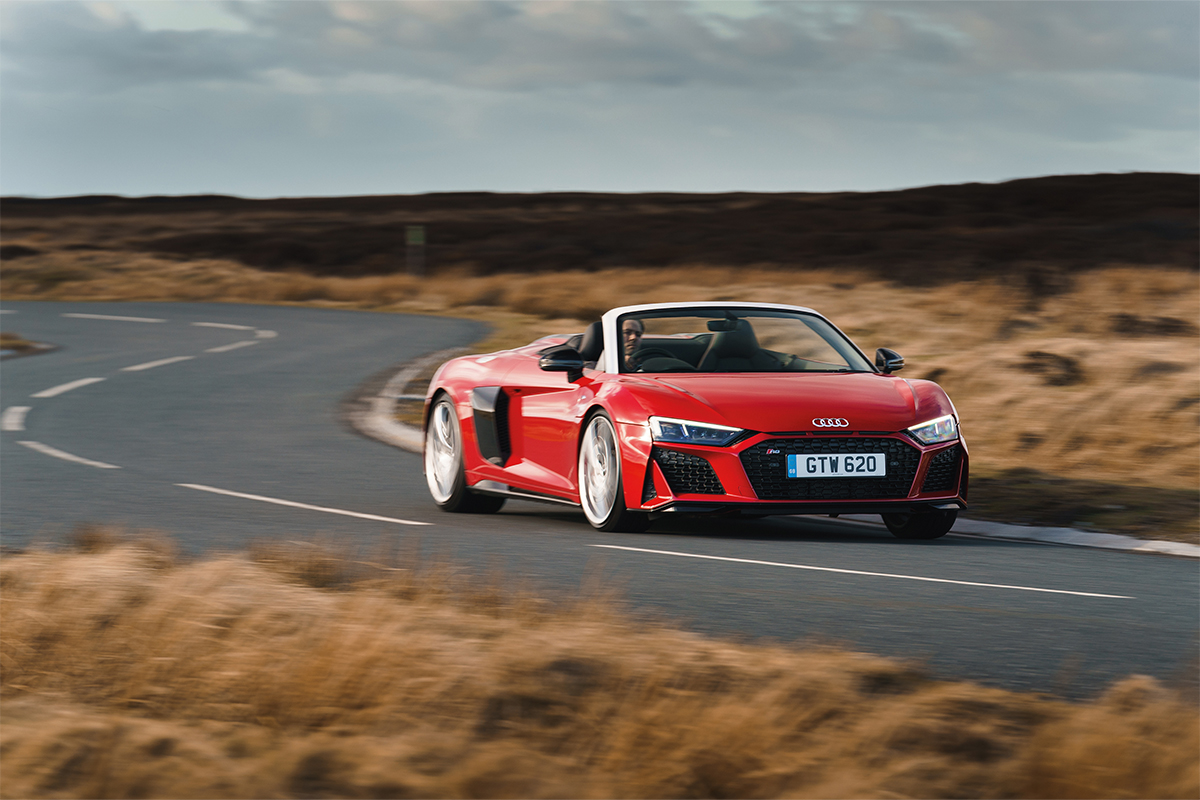 In the second part of our Driving Force series from the AW 2022/23 issue, LUX’s car reviewer gets behind the wheel of the Audi R8 V10 Spyder.
In the second part of our Driving Force series from the AW 2022/23 issue, LUX’s car reviewer gets behind the wheel of the Audi R8 V10 Spyder.
We at LUX are not engineers. We leave analysis of the technical side of motoring to our specialist colleagues in the automotive media. What we do know, though, as motoring enthusiasts, is that a mid-engined car should be fun to drive.
With only an elementary knowledge of physics, we know that placing an engine – a car’s heaviest part – behind the driver instead of in front, should make a car easier to pivot through a turn. And while LUX readers may not often do their own grocery shopping, anyone who has tried to steer a shopping trolley full of bottles of, say, Dom Pérignon, will know how much harder it is to turn corners than when the trolley is empty. The same principle should theoretically apply to a mid-engined car, where the space under the bonnet is air, not engine.
Driving through a series of sharp corners in the latest Audi R8, we were delighted to feel this theory being put into practice. The R8 is a fine-looking car, making the most of the engine placement. It has a short, aggressive-looking front end and a fat, squat rear, suggesting speed and intent. Then there is its handling. Steer into a corner and the reactions are instantaneous: there is no mass, no trolley full of Dom Pérignon to turn ahead of you. In fact, it turns so quickly you need your wits about you or you will overdo it, steering too much and aiming onto the wrong side of the road. You feel the car’s four-wheel drive getting its claws into the road as the engine shoots out of the curve, ready for the next one. It may be an Audi, but this is one hyper-responsive car, as sharp as a Ferrari or a McLaren.
Follow LUX on Instagram: luxthemagazine
You also have no doubt that the engine is just a few centimetres behind your head. It is a special engine. As you accelerate out of a corner, its howl grows, like the sound of a Formula One track getting closer. The revs continue to rise and the F1 track continues to increase in volume, the engine getting more and more urgent, until you hit the rev limiter at 8,700rpm. It is an exciting experience, and, combined with the concentration required to keep the hyper-responsive steering pointing in the right direction, makes for real fun and engagement.
Most sports cars today that have not turned electric or into part-electric hybrids are powered by turbocharged V8 engines. They are, by and large, very fast, and the engine response in many cases is even swifter than in this car. However, they lack the character and drama of the now old-fashioned V10 engine, as it gains revs and power mid-howl – something to treasure.
This all makes the R a brilliant car to drive. Unsurprisingly, over the years that its similar-looking predecessor was made, it was highly successful and remains highly desirable. If you feel a caveat coming, you are correct – it involves a mystery. This is an unquestionably rapid and exciting car to drive, even more thrilling on a twisty road than some of its acclaimed rivals. However, there is a slight snobbery towards it from some. Both rivals we mentioned have, we think, slightly higher status in the car-collector world, whereas the R8 V10, for all its brilliance, is considered a little more nouveau.
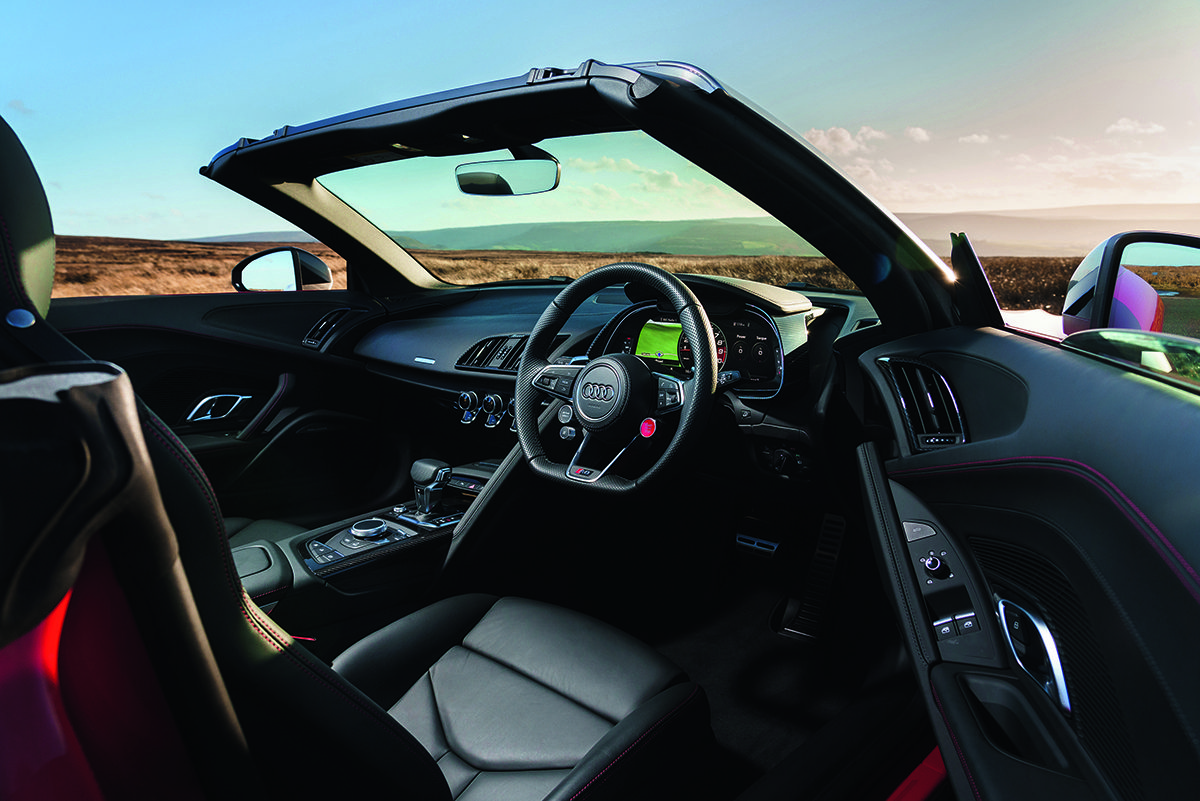
We can’t give a definitive answer as to why that might be. The R8 isn’t perfect, of course – a two-seater sports car rarely is. Even by the standards of this car type, though, there is very little storage space, either in the front boot or the cabin. If two of you were off for a weekend away, let’s just say that even if there were enough room for your bags, there would be none for souvenirs.
It is also true that the cabin suffers from the excellence of Audi’s corporate design. The shape of the interior is as you might expect from a low mid-engined, two-seater sports car. It is beautifully put together and clear in a Bauhaus-for-the-21st-century way, but the materials and interior design don’t feel special. It feels exactly what it is, a premium two-seater sports car from the people who bring you premium saloons and estate cars. However, the exterior shape, which we think looks better than anything else in its class, makes up for the lack of interior flair.
If you did need further storage space, the Porsche is more practical and spacious, with small back seats that are suitable for humans over short distances. But these are not supposed to be practical cars and, as a racy weekend machine, the R8 is superb. It manages what some much more expensive supercars don’t: it is reactive and lively at low speeds, and you don’t have the feeling – common in some over-capable supercars – that the car is taking everything in its stride and not giving much fun or feedback.
Read more: Ionic cars are transforming classic cars for an electric future
In the R8 you have the best engine in its class, combined with handling that lets you know you are in a supercar, while keeping you hyper-alert. The steering could have more feel, although that is a common complaint in this era of electrically assisted steering and giant tyres. Importantly, the R8 is the last of its kind. With emissions regulations, Audi will not make another V10. We recommend it, and, for extra fun, opt for the Spyder over the coupé, so you can open the roof and hear the engine even more.
LUX rating: 19/20
Find out more: audi.co.uk
This article first appeared in the Autumn/Winter 2022/23 issue of LUX



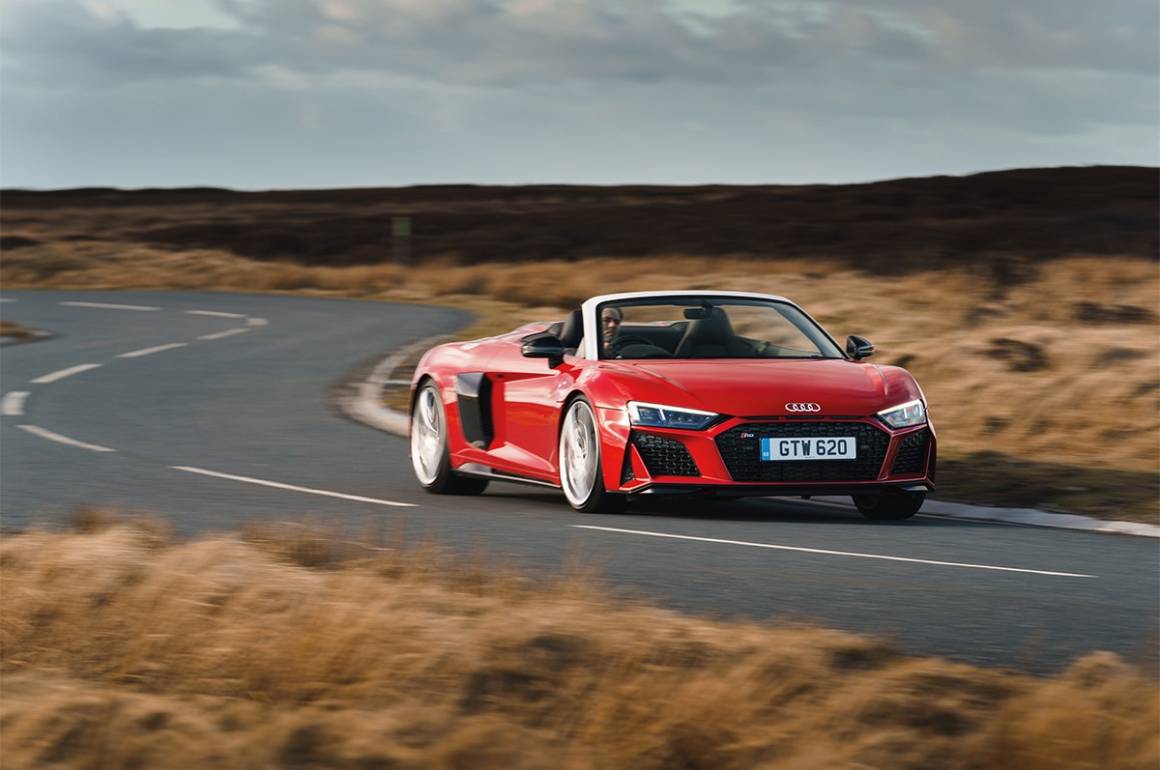

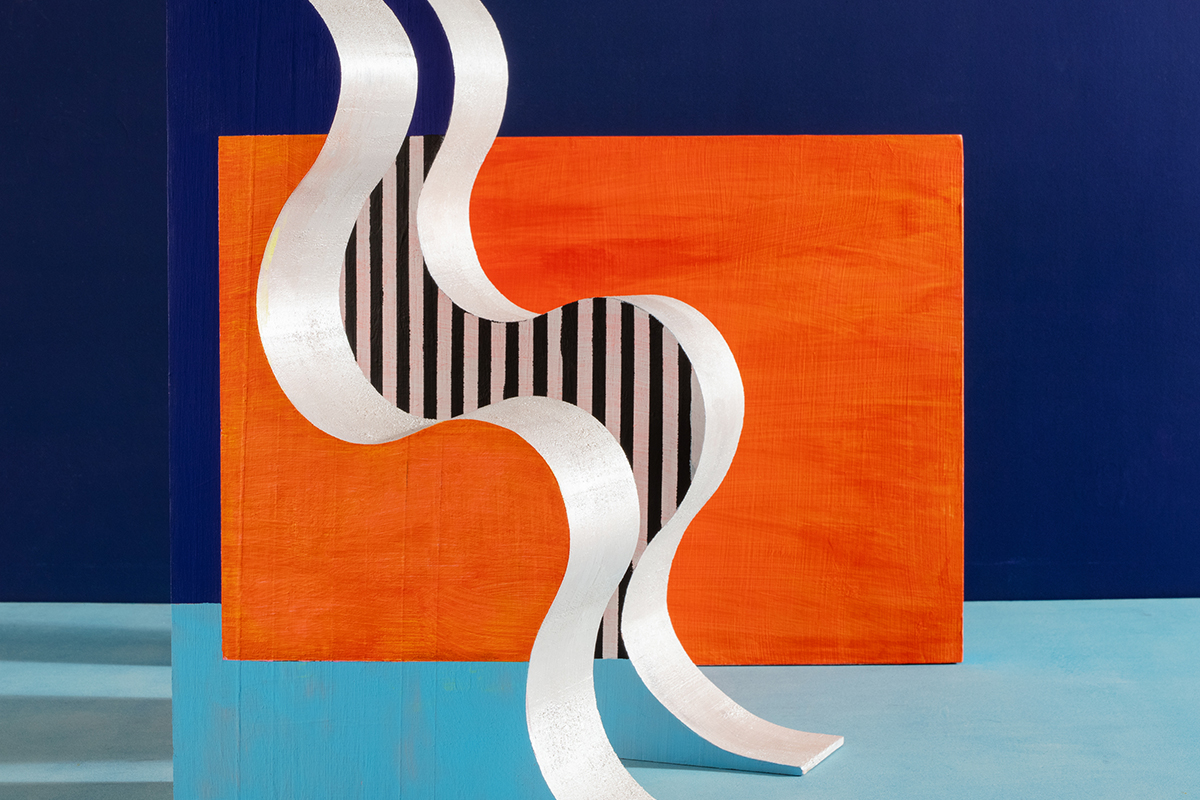
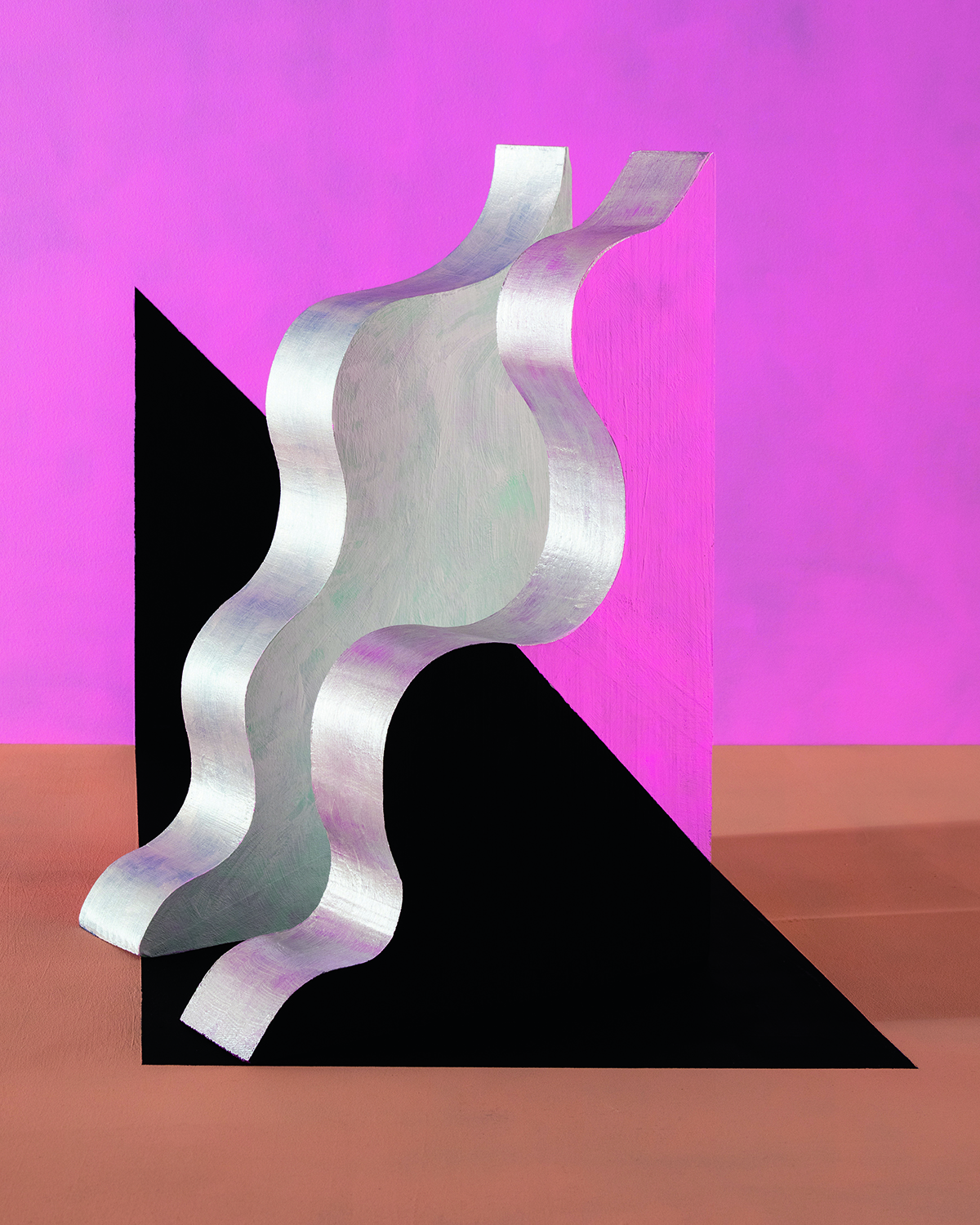
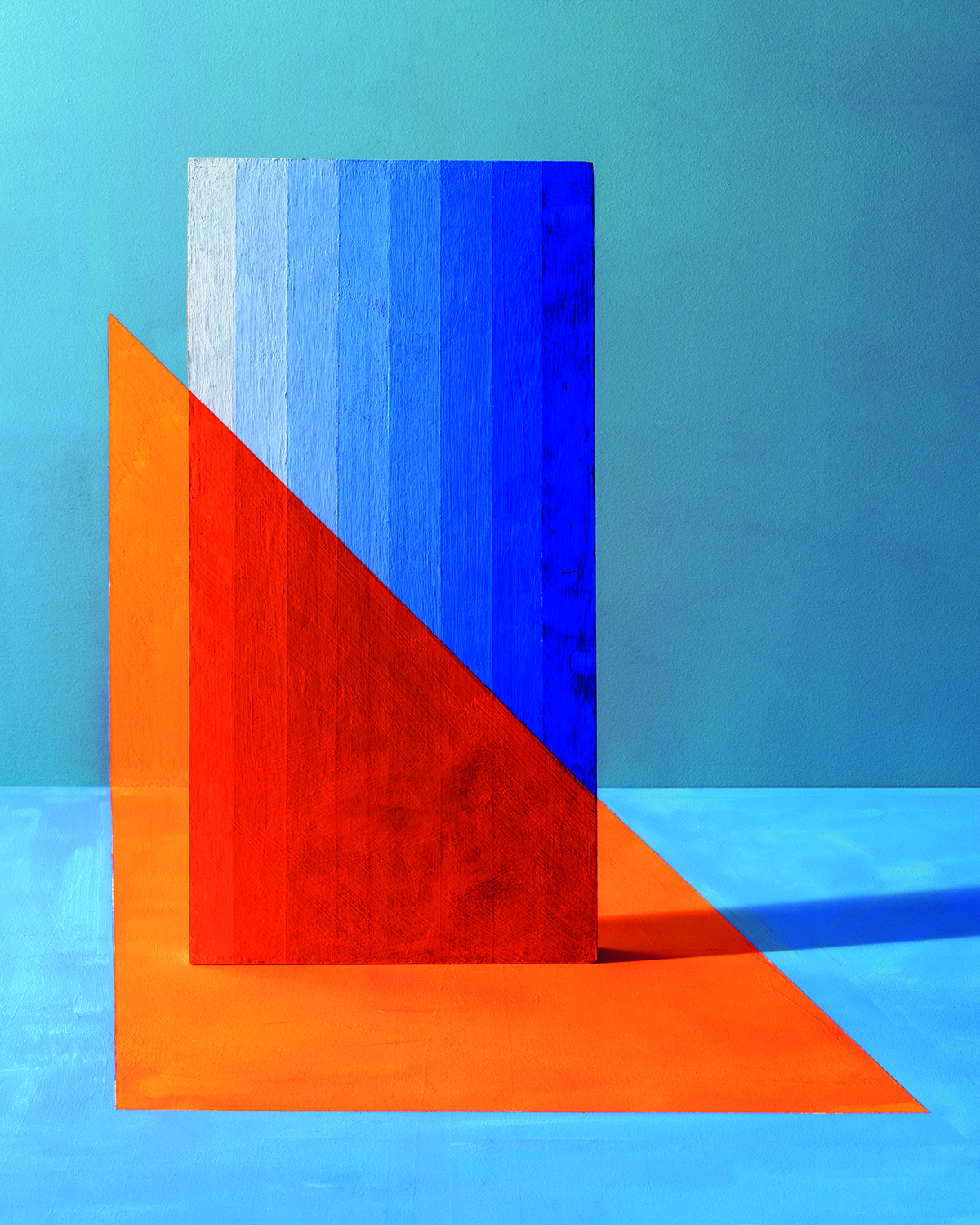
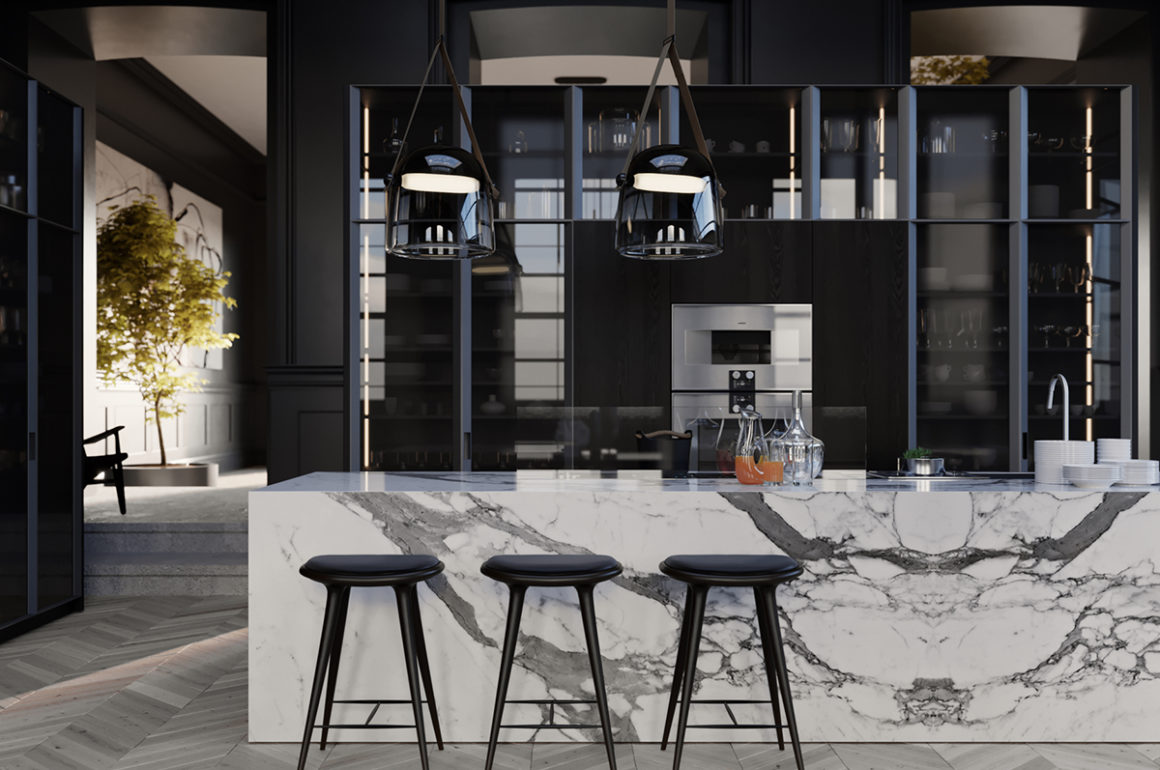
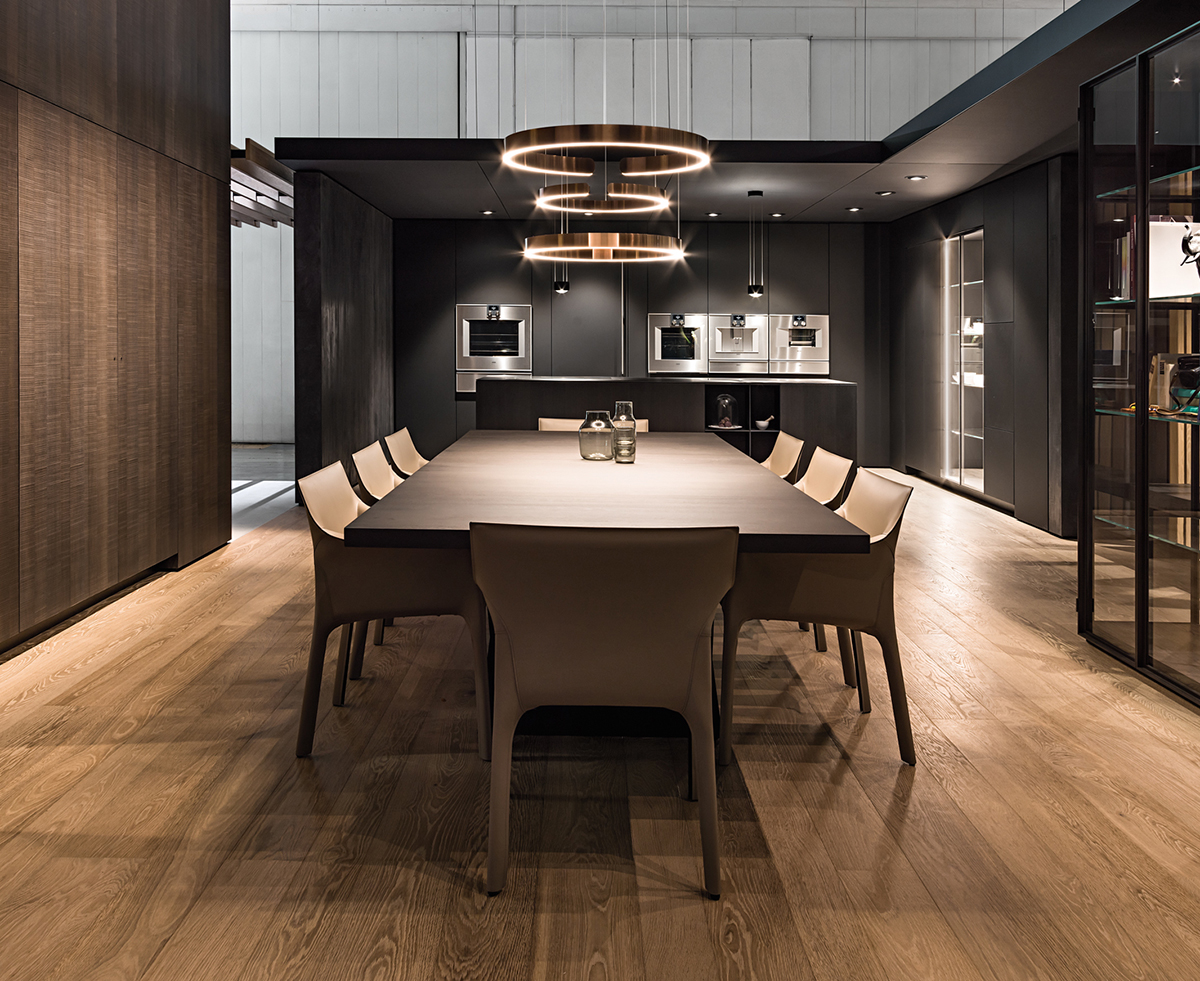
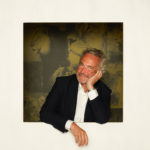
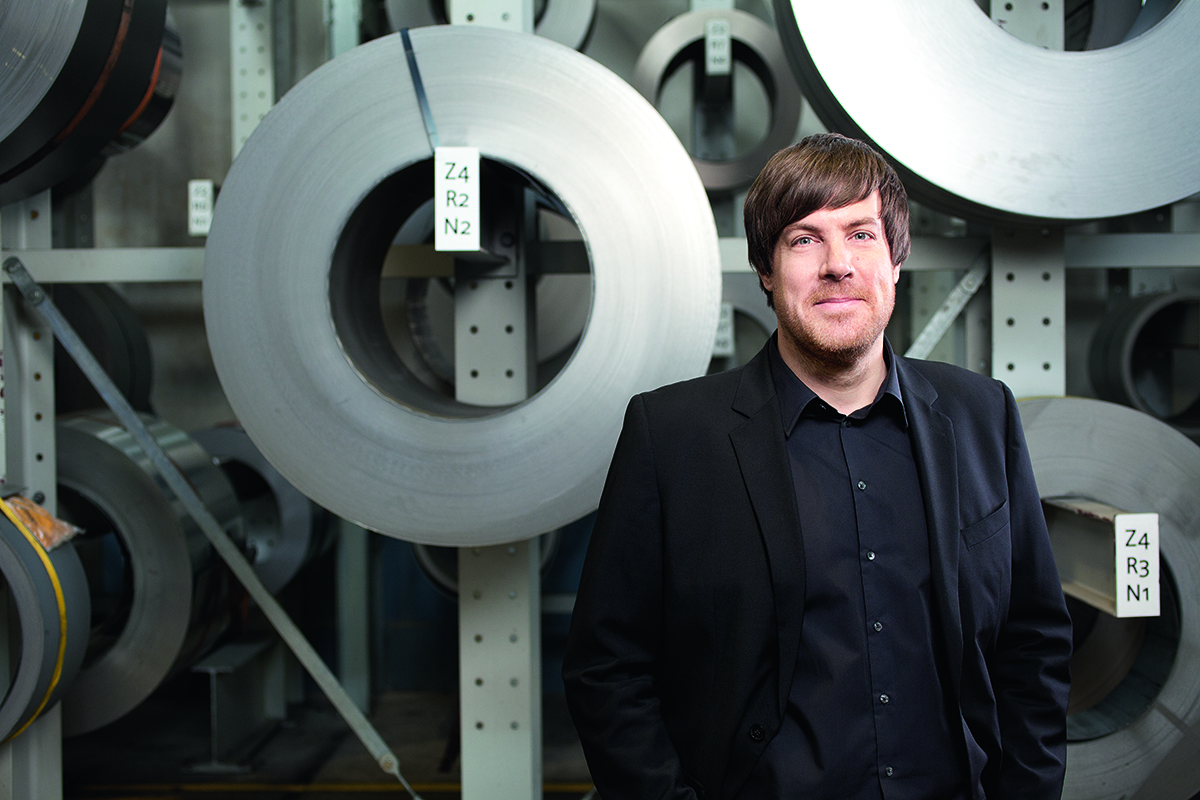
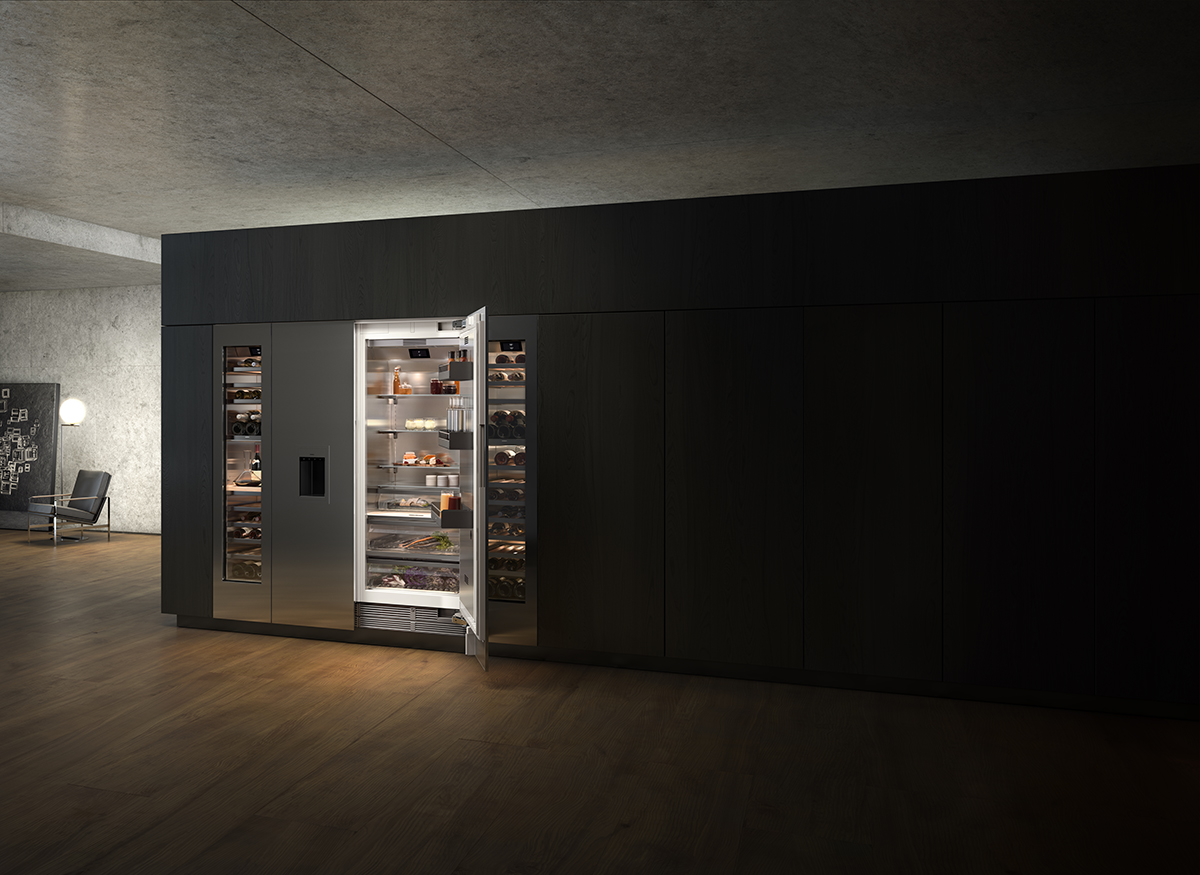
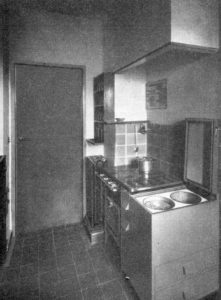
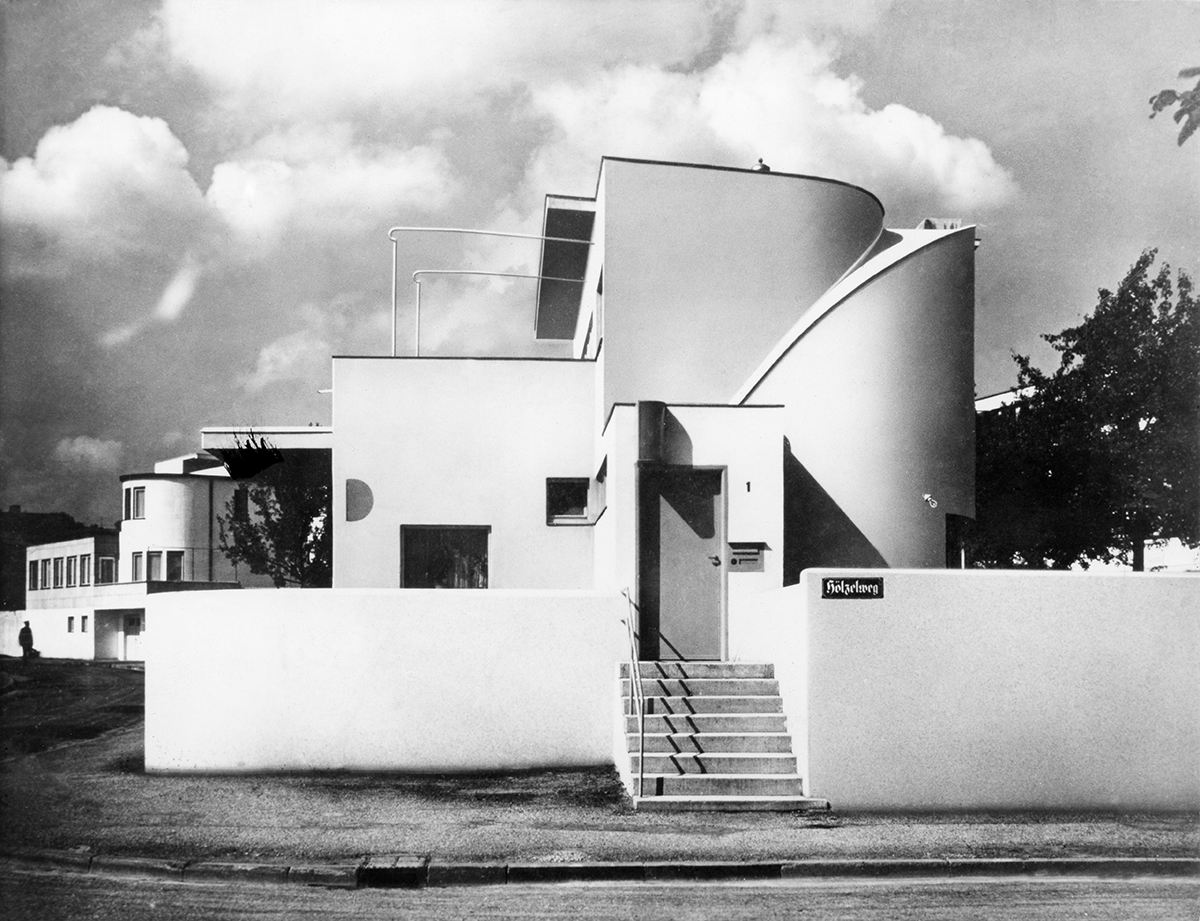
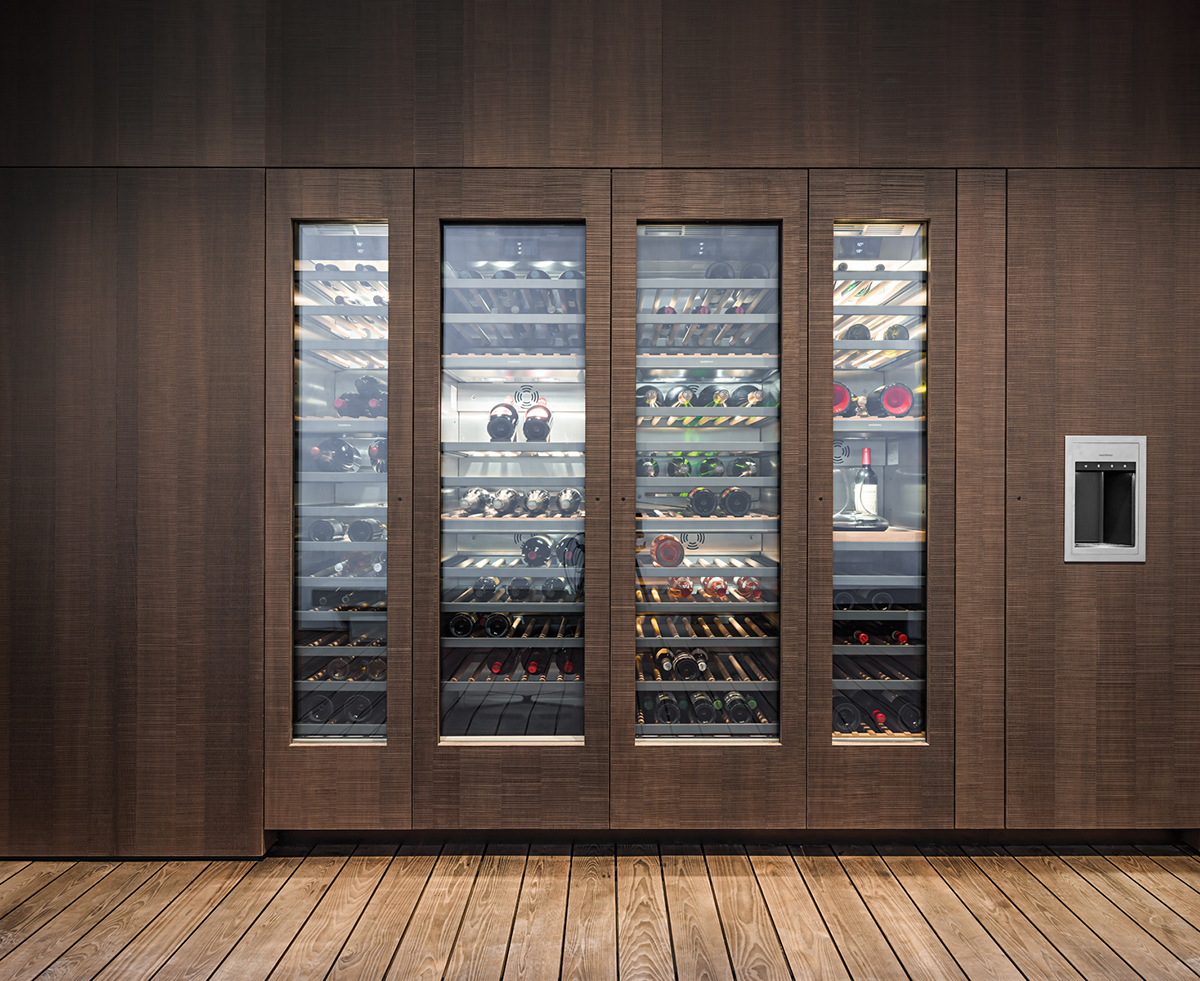
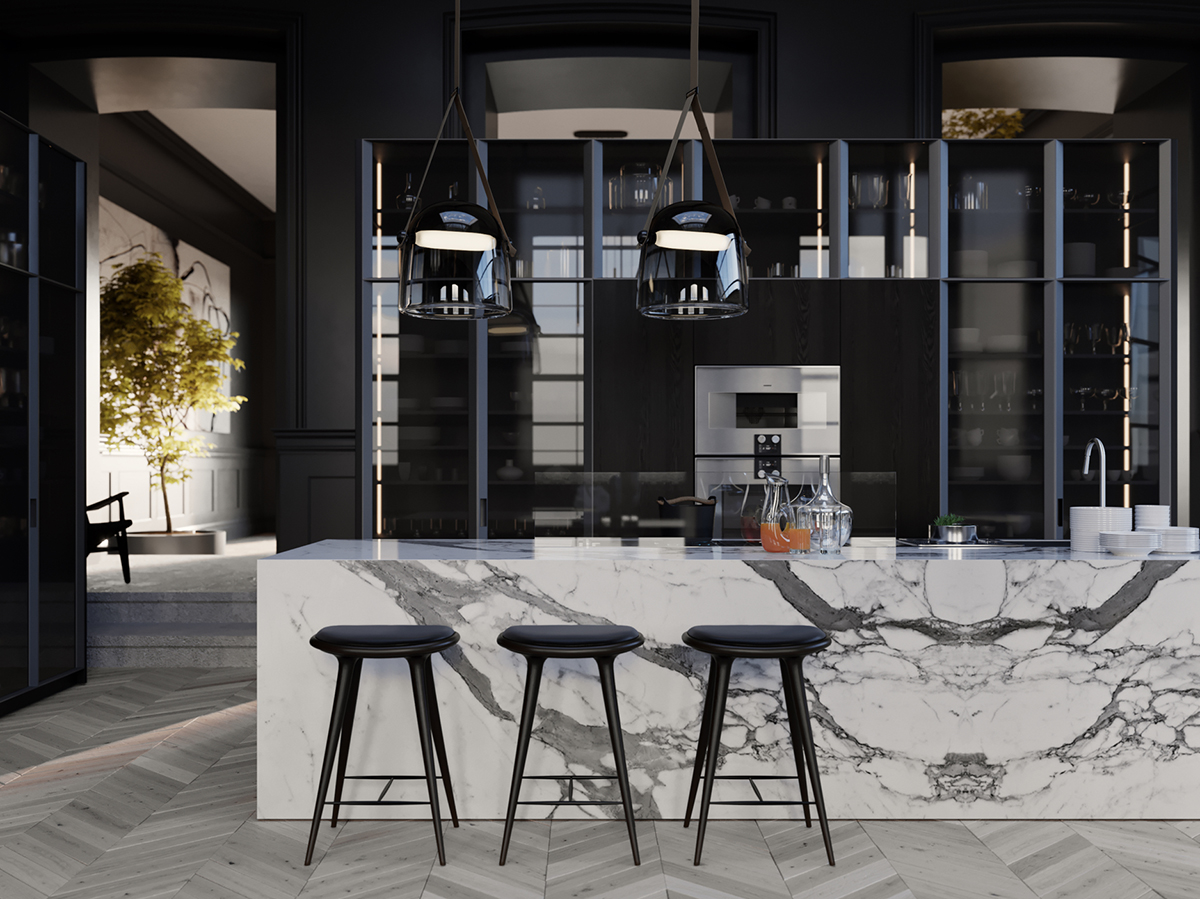
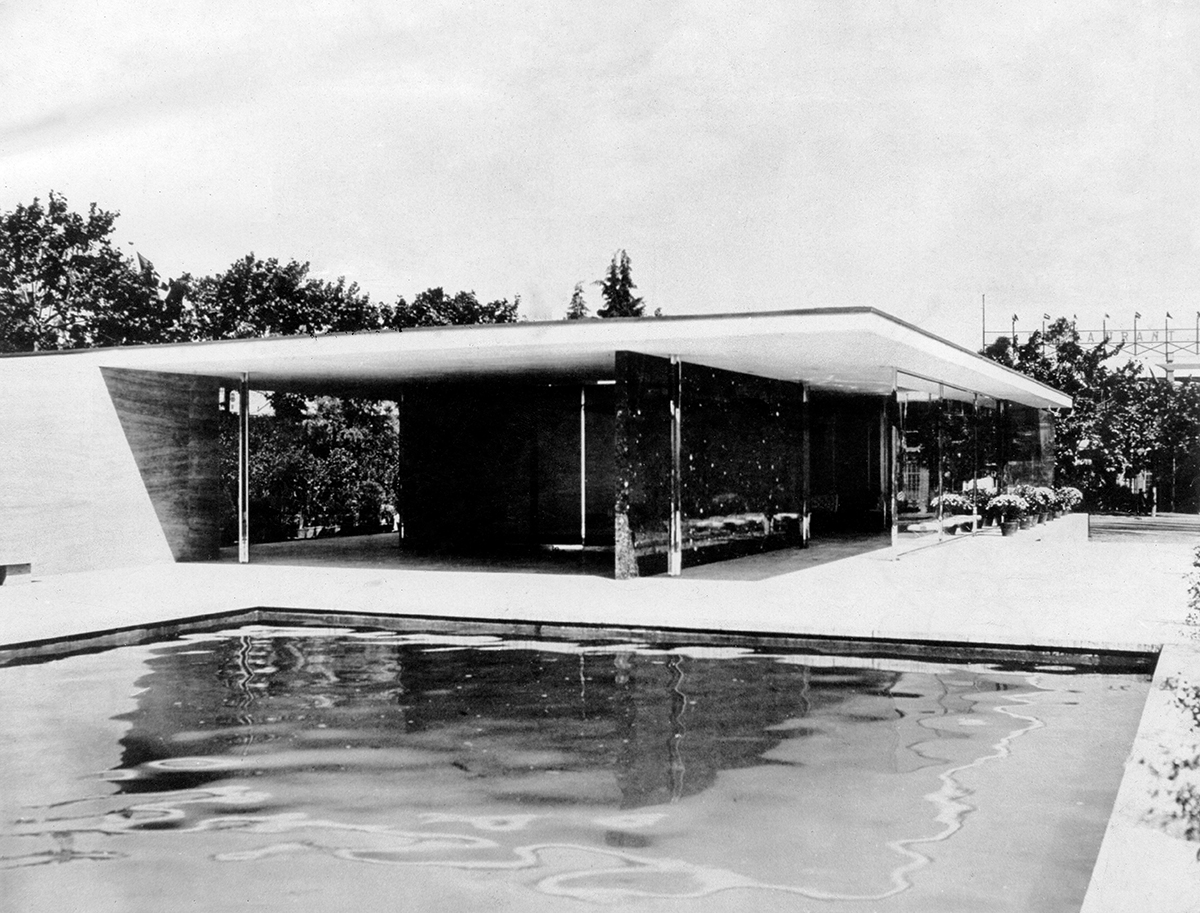





Recent Comments